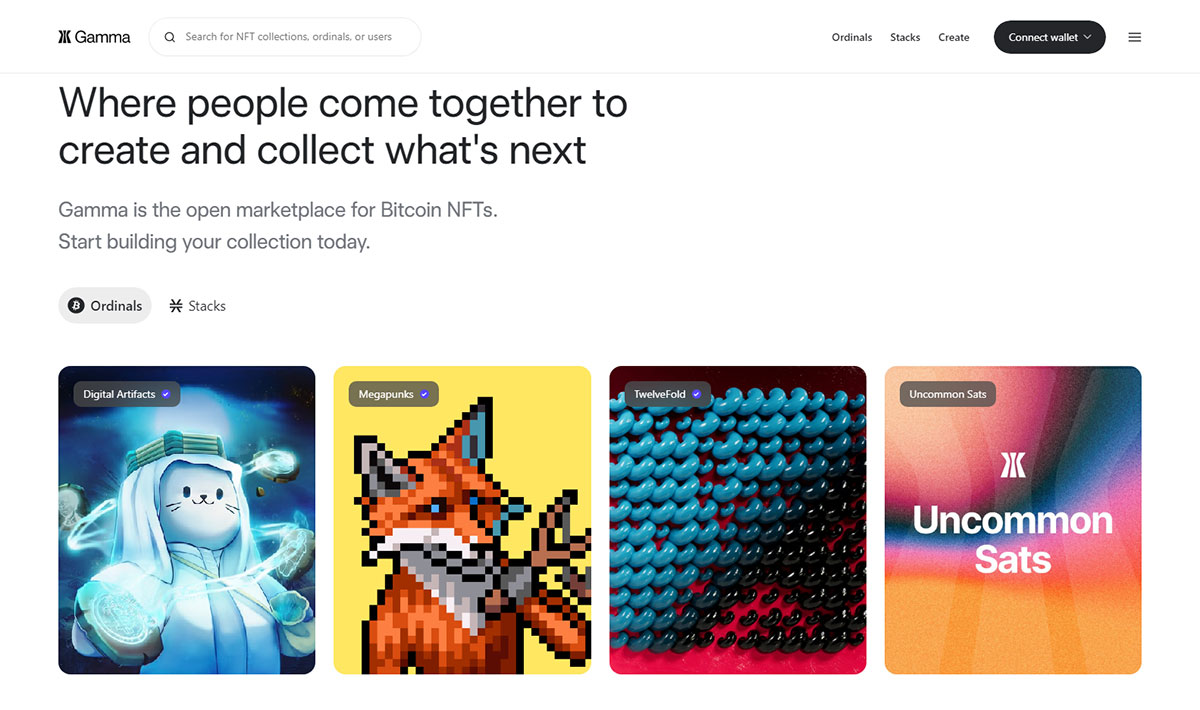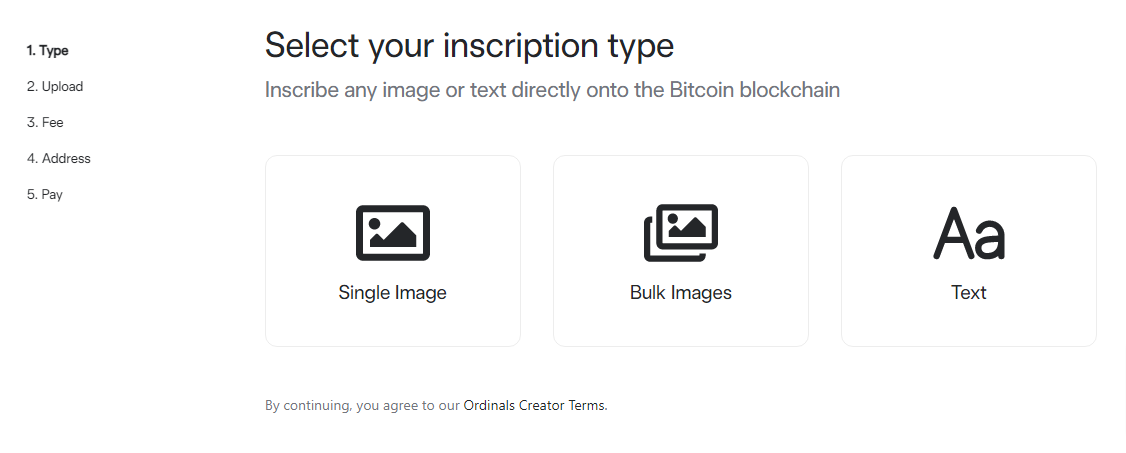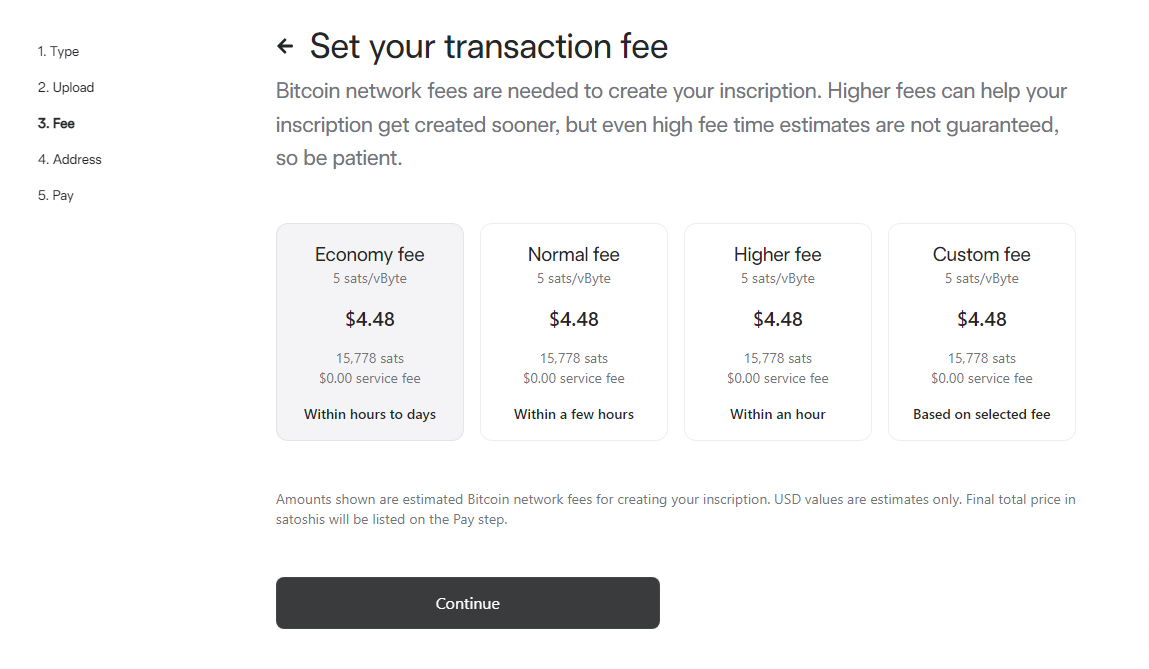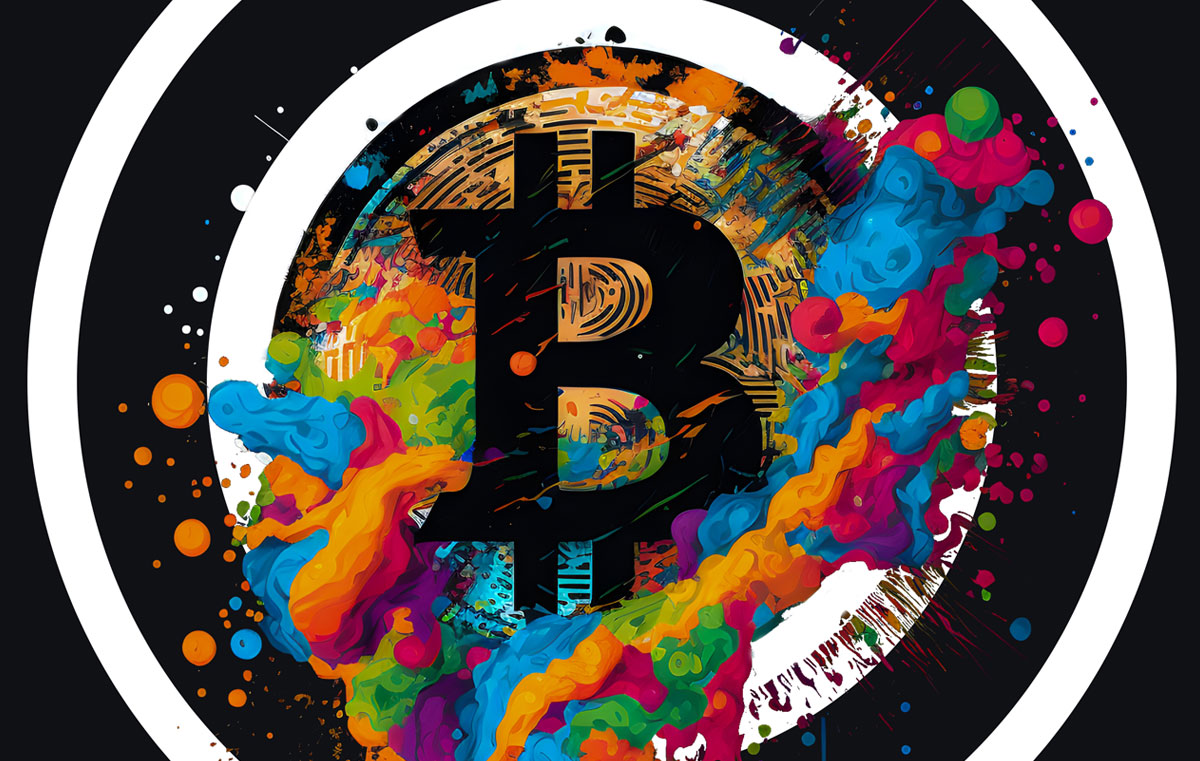Abstract
In recent weeks, there has been an uproar in the Bitcoin user community. However, we have been witnessing another phenomenon based on the Bitcoin blockchain: the launch of the Ordinals Protocol to enter NFTs into the Bitcoin network.
Critics argue that the placement of JPEG photos is not part of the ideals of Satoshi Nakamoto’s whitepaper when Ordinals fans believe that the entry of NFT tokens into the Bitcoin network will lead to widespread acceptance and ultimately increase microtransactions without the need to trust a third party all over the world; This means that the Ordinals protocol is getting closer to Satoshi’s original goal.
Introduction
The Ordinals Protocol lets users send and receive extra data, including text, images, JPEGs, audio, or videos. As defined, each Bitcoin includes 100M “satoshi (shortly a Sat),” and adding mentioned data types to each is known as Bitcoin NFT or an ordinal.

What is Ordinals Protocol?
The launch of the Ordinals protocol in January 2023 revived interest in the Bitcoin blockchain, and the average block size increased as more users joined the network. Ordinals are simply a new protocol that enables the storage of Non-Fungible Tokens (NFT) on the Bitcoin blockchain.
The point is that NFTs have a high potential to create block demand, Where the trend of accepting digital assets as money is upward, and the fact is that NFT tokens are likely to contribute to Bitcoin’s next uptrend cannot be ignored.
Although “Ordinals” is the latest project introducing NFTs to the Bitcoin ecosystem, there are other projects, like Counterparty, which was the first project that introduced rare tokens to the Bitcoin network for the first time in 2014 with the Rare Pepes collection. In 2017, the Stacks project continued by bringing smart contracts and decentralized applications to Bitcoin.
However, Ordinals is different from other previous projects; Because assets such as images and even video games are written directly on the Satoshi (the smallest unit of Bitcoin) of the Bitcoin blockchain, without the need to create a sidechain or add a new token.
These Satoshi can contain unique data such as videos and images. We know this process as “data engraving,” called “inscription.” We owe the possibility of this technology to the critical update of Taproot.
TapRoot was an upgrade of the Bitcoin Soft Fork that was activated in 2021 and brought features such as increased privacy and the ability to create more smart contracts to the Bitcoin network. The developer Rodarmor, who previously contributed to developing the Bitcoin Core software, has now designed the Ordinals protocol to identify individual Satoshi on the network.
Increased Use of the Lightning Network After the Launch of Ordinals
Following the launch of the Ordinals protocol, the activity in the Bitcoin Lightning network also increased, and the network capacity reached 5,354 Bitcoin units on the 6th of February [YEAR].
According to Bitcoin’s current price, the value of locked Bitcoins in Layer 2 networks is about $123 million, which shows a considerable improvement in the speed of Bitcoin transactions while the cost is still affordable.
We should also remember that Lightning Labs is developing a protocol, Taro, to add tokenized assets such as non-traditional tokens (NFT) and stablecoins to the Bitcoin Lightning network.
How to Make NFTs on Ordinals Protocol
Now that we understand what the Ordinals protocol is let’s look at how to make NFT on Bitcoin, which has occupied the minds of many. As the first step, we need a new, unused taproot address or an address compatible with Ordinals. For this purpose, we can use the “Ord wallet” or “Sparrow Wallet.”
After that, visit the “Gamma platform.” which is a marketplace and tool for creating unique Ordinals tokens without the need for coding that uses the Stacks programming layer.

Once users have selected one of the four boxes in the image above, the below page appears;

Here they need to select the text or image they want, and the next step is to pay the minting fee. See the image below:

Paying a higher fee increases the probability of being minted. Finally, users need to enter their Volt [Wallet] address. Then they have to read the rules and, after accepting them, make the payment, and this way, they will be one of the first NFT holders on the Bitcoin blockchain.
Conclusion
Although the Ordinals protocol is not the first, this is the latest project and perhaps the best to bring NFTs to the Bitcoin network. The most crucial difference between Ordinals compared to previous projects is that it writes JPEG images and even games to the smallest unit of Bitcoin without needing a sidechain or adding a new token.
The minting of NFTs on the Bitcoin network will lead to broader adoption of this blockchain. In this case, more people can make microtransactions without trusting third parties, just as Satoshi expected.
